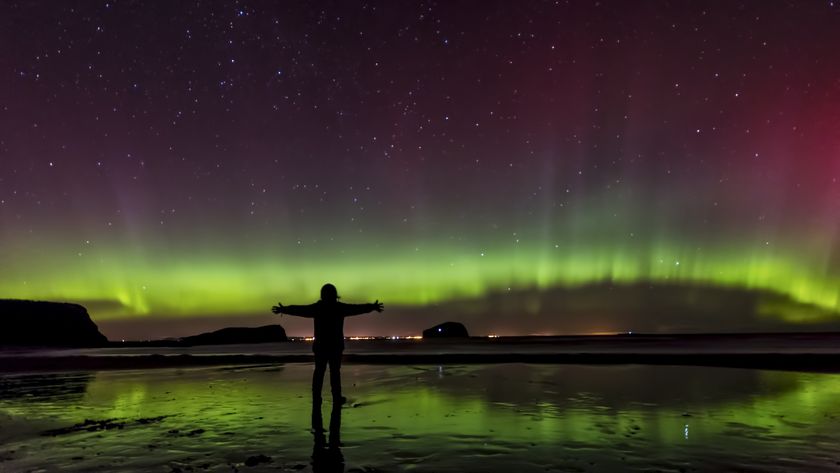Gallery: Our Amazing Sun
Our Amazing Sun
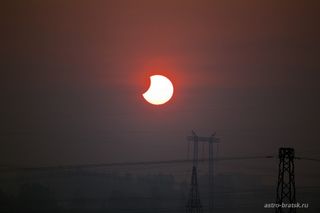
A partial solar eclipse will take place on Friday (July 1) and will be visible just off Lutzlow-Holm Bay on the coast of Antarctica, near where the South Atlantic and Indian Oceans meet. But don't feel bad about being unable to witness the third eclipse of the month — from sundogs to solar pillars, we've rounded up the most remarkable images of solar activities and phenomena.
Here, a shot of the June 1-2, 2011 partial solar eclipse taken just after sunrise on June 2 from Bratsk, Russia. The partial solar eclipse was dubbed a "midnight" eclipse as its viewing path crossed the International Date Line.
Solar Eclipse From Space
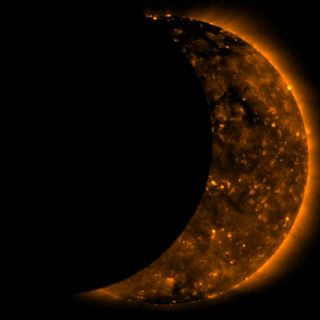
Close-up of a partial phase of the July 22, 2009 total solar eclipse. This photo was captured by the Hinode spacecraft. During a solar eclipse, the Earth, moon and sun are aligned in the same plane and the moon passes between the Earth and the sun, partially or completely covering our closest star.
Crescent Sunrise

We're used to seeing the moon in a crescent-shaped phase, but every now and then the sun gets to try the slender look out too. That occurs when the moon is closer to the sun than Earth, and only part of it appears to be lit.
This photo of a sunrise solar eclipse was taken from Maasvlakte in the Netherlands on Jan. 4, 2011, during the first partial solar eclipse of the year.
Partial Solar Eclipse
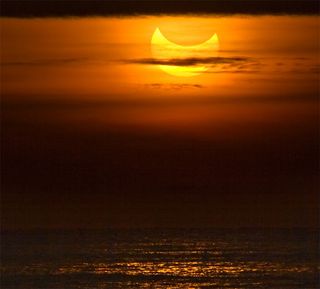
Another moon-like phase of a partial solar eclipse, this amazing sunrise photo was captured in Catalonia, Spain, during the first partial solar eclipse of the year, on Jan. 4, 2011.
Sun Block
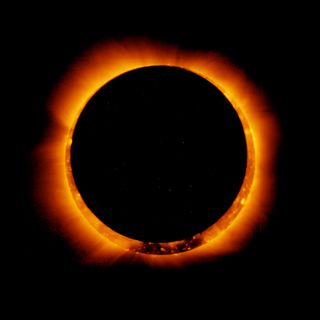
Although the sun is about 400 times wider than the moon, it is also about 400 times farther away and each appears to be half a degree or so in diameter. That's why during a total solar eclipse, the moon appears to block the sun nearly perfectly.
Sign up for the Live Science daily newsletter now
Get the world’s most fascinating discoveries delivered straight to your inbox.
The sun peeks around the moon's dark edge in this photo taken on Jan. 4, 2011. While it may look like a total eclipse, it's actually a partial solar eclipse that was seen from parts of Earth. This unique view, captured by the joint Japanese-American Hinode satellite, shows the same breathtaking event from space. The photo's angle created what's called an annular solar eclipse.
Solar Flare
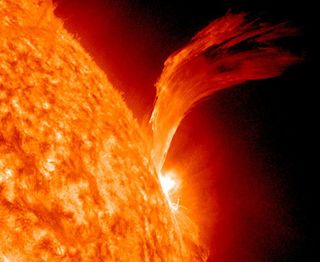
The high magnetic fields in the sunspot-producing active regions of the sun also give rise to explosions known as solar flares. When the twisted field lines cross and reconnect, energy explodes outward with a force exceeding that of millions of hydrogen bombs. Because solar flares form in the same active regions as sunspots, they are connected to these smaller, less violent events.
This snapshot from NASA's Solar Dynamics Observatory shows a stunning prominence associated with a Sept. 8, 2010 solar flare. The solar flare kicked up a huge, twisting tendril of plasma that scientists call a solar prominence.
Multiple Solar Flares
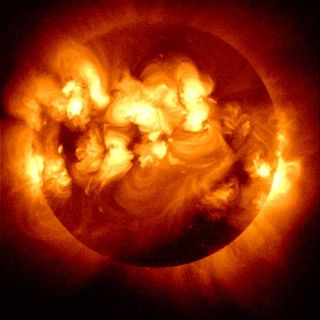
This composite image shows multiple solar flares erupting on the sun. The photos were taken by Yohkoh, one of the Japan Aerospace Exploration Agency's solar observation satellites.
Sunspots
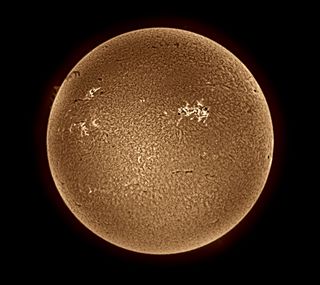
Sunspots are cooler regions that cap some of the intense energy below them. When the sun's magnetic field lines become warped and twisted enough, jet streams of flowing currents create ropes of magnetism. Most of the rope lays inside the sun, but part of it may break through the visible layer, where it is viewed in the form of two sunspots. The pair are polar opposites; think of them as magnetic north and south, with the rope acting as the magnet in between.
The above picture was taken in a specific color of light emitted by hydrogen gas called Hydrogen-alpha. The small, dark areas are sunspots, which vary in number and location. Sunspots tend to cluster in bands above and below the equator.
Sunspot Close Up
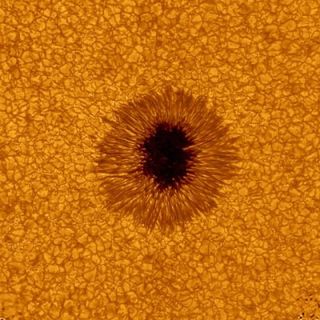
A shot of a sunspot taken by the ground-based New Solar Telescope at the Big Bear Solar Observatory in California. The image was taken during a solar photography session on July 1 and 2, 2010 and reveals up-close details of a sunspot.
Corona Light
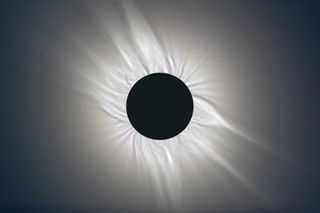
During the few minutes when the moon completely covers the sun's face in the middle of a total solar eclipse, the sun, while itself dark, appears to have a shimmering ghostly glow around it. That's the solar corona, the sun's outermost atmosphere. Due to its shifting brightness range, the awe-inspiring sight is notoriously difficult to capture in a single picture.
This composite of 33 digital images ranging in exposure time from 1/8000 to 1/5 seconds comes very close to revealing the solar corona in all its glory. The telescopic composite photos were recorded from Side, Turkey, during the March 29, 2006 solar eclipse.
The Missing Sunset
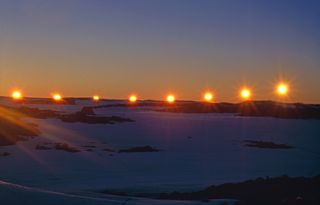
This time-lapse photo was taken around midnight at Vincennes Bay in Antarctica on Dec 21, 1996, which was when the summer solstice occurred in the Southern Hemisphere that year. Antarctica is known as "the land of the midnight sun," and the sun literally doesn't set during the summer solstice. [In Photos: Antarctic Ice]
That's because, when the Earth's axis points away from the sun from December to March, the Southern Hemisphere enjoys the direct rays. During these months, the sun doesn't move overhead, but appears to go around and around near the horizon throughout the 24-hour day cycle. Even at noon, when you'd expect our closest star to be at its highest, it hovers relatively low above the northern horizon, and dips near the southern horizon at midnight.

